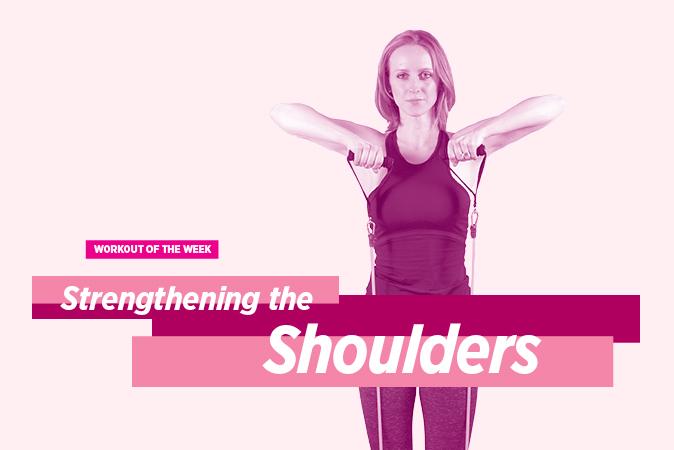Have you ever experienced shin splints? Runner’s knee? Tight hips? These common overuse injuries can affect performance, derail race training, and at worst, lead to more serious running injuries that require medical attention and complete rest.
How to Prevent Common Running Injuries
Save

Exercise can help to improve the elasticity of the lungs, making them more efficient at exchanging oxygen and carbon dioxide. Martinan/iStock
Updated:




